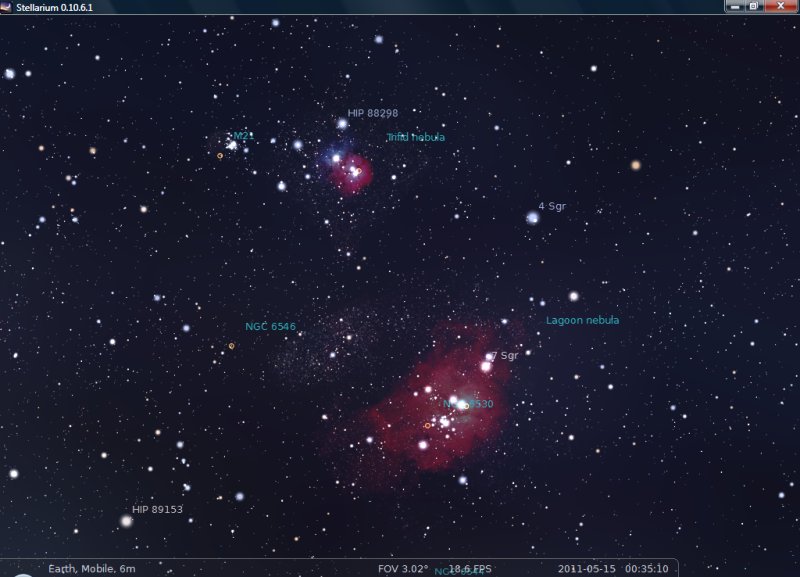
The Hipparcos satellite, developed and launched by the European Space Agency (ESA) in 1989, was the first space mission dedicated to astrometry – the accurate measurement of positions, distances, and proper motions of stars. This method can be used to rapidly and inexpensively digitize and calibrate old photographic plates enabling their scientific exploitation. We show that accuracies at least of the level of scanning machines can be achieved with a digital camera, without any corrections for possible distortions caused by our instrumental setup. We detect the photographic adjacency (Kostinsky) effect in the triple-exposure plates.Ĭonclusions. The 1 − σ uncertainty of photometric calibration is about 0.28 mag and 0.24 mag for single- and triple-exposure plates, respectively. For triple-exposure plates the astrometric accuracy is σ ( α cos( δ )) = 0.12″ and σ ( δ )=0.13″. The astrometric accuracy for single-exposure plates is σ ( α cos( δ )) = 0.16″ and σ ( δ )=0.15″, expressed as a Gaussian deviation of the astrometric residuals. The best astrometric accuracy is obtained with the UCAC5 reference stars. The astrometric calibration of the digitized images is done with the data from the Tycho-Gaia Astrometric Solution ( Gaia TGAS) of the first Gaia data release ( Gaia DR1), Tycho -2, Hot Stuff for One Year (HSOY), USNO CCD Astrograph Catalog (UCAC5), and PMA catalogs. Each plate is digitized using four images, with a significant central area being covered twice for quality control purposes. We analyze six single-exposure plates and four triple-exposure plates from the Helsinki zone of Carte du Ciel (+39 ∘ ≤ δ ≤ +47 ∘ ).

We use a digital camera Canon EOS 5Ds, with a 100 mm macrolens for digitizing. We want to study whether the astrometric and photometric accuracies obtained for the Carte du Ciel plates digitized with a commercial digital camera are high enough for scientific exploitation of the plates.

#CARTE DU CIEL SKYCHART FULL#
The full project was never observationally completed and a large fraction of the observations made remain unanalyzed.Īims. Carte du Ciel was a global international project at the end of the nineteenth and beginning of the twentieth century to map the sky to about magnitude 14 on photographic plates. Accepted for publication in Astronomy and Astrophysics Supp. Comment: 10 pages, 12 enclosed post-script figures, uses l-aa.sty (included). A photometric calibration has also been performed and magnitudes were determined with an accuracy of 0.09 mags. The external reduction to a catalogue led to results with an accuracy of 0.16'' in x and 0.13'' in y for the mean position of the three exposures. An internal accuracy of 0.1'' in x and y was obtained for the position of each of the individual exposures.

A number of solutions for the problems present in this kind of plates (optical aberrations, adjacency photographic effects, presence of grid lines, emulsion saturation) have been investigated. It shows triple exposures for each object and the modelling of the data has been performed by means of a non-linear least squares fitting of the sum of three bivariate Gaussian distributions. A typical "Carte du Ciel" plate corresponding to the Bordeaux zone has been taken as an example. A new procedure for the reduction of "Carte du Ciel" plates is presented.


 0 kommentar(er)
0 kommentar(er)
